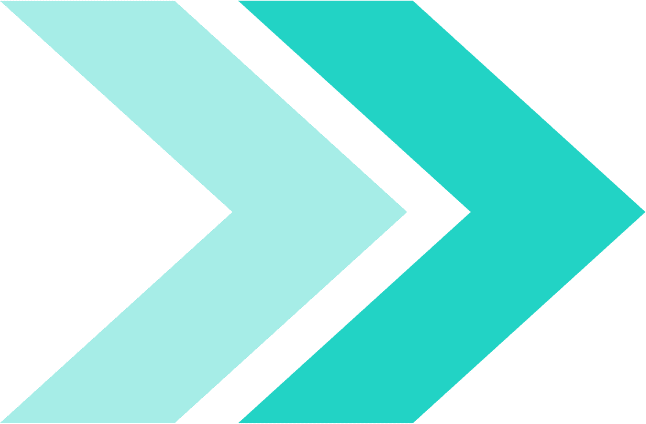Introduction
The Gulf region has one of the harshest climates in the world. Extreme heat, sandstorms, intense UV radiation, and coastal humidity place enormous stress on building façades. Many traditional materials—such as plaster, wooden siding, and even low-quality metal cladding—struggle to withstand these aggressive environmental conditions.
This is where fiber cement boards stand out. Their mineral-based composition, weather resistance, and long-term durability make them one of the most suitable façade materials for GCC countries like the UAE, Qatar, Saudi Arabia, Oman, Kuwait, and Bahrain.
1. Heat Resistance: Built for 50°C Summers
Temperatures in the Gulf regularly reach 45–50°C, with façade surfaces becoming even hotter under direct sunlight. Many cladding materials deform, fade, or crack in such heat.
Why Fiber Cement Excels in High Heat:
- Mineral composition prevents warping or melting.
- Panels maintain stability even under continuous sun exposure.
- No expansion issues like ACP or PVC when improperly installed.
- Surface coatings maintain colour longer than many alternatives.
- Ideal for large villa façades, commercial buildings, and compounds.
Summary: Fiber cement boards deliver consistent performance even during peak summer temperatures.
2. Sandstorm Durability: Resistant to Abrasion and Impact
Gulf countries experience frequent sandstorms, especially in Saudi Arabia, the UAE, and Kuwait. Sand abrasion quickly damages weak façade surfaces and coatings.
Why Fiber Cement Works in Sandy Environments:
- Highly impact-resistant surface prevents erosion.
- Dense material structure withstands wind-driven sand.
- Ideal for villas, industrial buildings, warehouses, and boundary walls.
- More durable than plaster, which cracks and peels under stress.
Summary: Sand cannot damage fiber cement easily, making it ideal for desert environments.
3. High Humidity and Coastal Air: Perfect for Dubai, Doha, and Manama
GCC coastal cities are extremely humid. Salt in the air corrodes metal façades, steel structures, and low-quality panels.
Fiber Cement’s Advantages in Humid Gulf Areas:
- Non-corrosive and resistant to salt-laden air.
- Stable even in regions with year-round humidity.
- Does not rot, rust, or deteriorate like metal or wood.
- Suitable for beachfront villas, coastal developments, and islands.
Summary: Fiber cement is naturally moisture-resistant and ideal for Gulf coastal environments.
4. UV Resistance: Prevents Colour Fading Under Intense Sunlight
The Gulf receives some of the harshest UV radiation on earth. Many façade materials fade or weaken quickly.
Why Fiber Cement Withstands UV Exposure:
- Surface coatings have high UV resistance.
- Colour remains stable for many years.
- Boards do not degrade under intense sunlight.
- Maintains a premium appearance long-term.
Summary: Fiber cement retains its colour and performance even under extreme UV exposure.
5. Fire Resistance: Meeting GCC Safety Standards
Fire regulations in the Gulf have become stricter, especially for high-rise buildings after multiple façade-related fires.
Fire Safety Benefits of Fiber Cement:
- Classified as A1 or A2 (non-combustible or limited combustibility).
- Does not contribute to fire spread.
- Approved for use in towers, schools, malls, and hospitals.
- Safer than ACP panels with PE cores or low-cost composite materials.
Summary: Fiber cement offers superior fire resistance, making it suitable for regulated GCC developments.
6. Low Maintenance: Ideal for Harsh Outdoor Environments
Gulf property owners seek long-lasting materials that require minimal upkeep.
Maintenance Advantages:
- No repainting required for many years.
- Resistant to cracking and peeling.
- Strong against impact from debris during storms.
- Less maintenance compared to plaster and wood cladding.
Summary: Once installed, fiber cement requires minimal attention.
7. Versatility in Gulf Architecture
Fiber cement is suitable for many architectural styles common in the Gulf.
Popular GCC Applications:
- Modern villa façades
- Compound and boundary walls
- Residential buildings
- Commercial centres
- Schools and hospitals
- Mosques
- Modular and portable buildings
Summary: Fiber cement offers design flexibility for both traditional and modern Gulf architecture.
Conclusion
The Gulf’s extreme climate demands façade materials that can withstand heat, sand, humidity, and intense weather without failing. Fiber cement boards meet these requirements effortlessly. Their stability, fire resistance, moisture tolerance, and long-term durability make them a top choice for architects, developers, and contractors throughout the GCC region.
For any project in the UAE, Qatar, Saudi Arabia, Oman, Bahrain, or Kuwait, fiber cement boards offer outstanding performance and unmatched value — making them one of the smartest investments in Gulf climate conditions.
👉 Visit the Smartfiber Fiber Cement Board page to explore specs, sizes, and delivery options.
Authored by Smartcon Int’l. Trade & Marketing Ltd. on 20.11.2025. All rights reserved.

